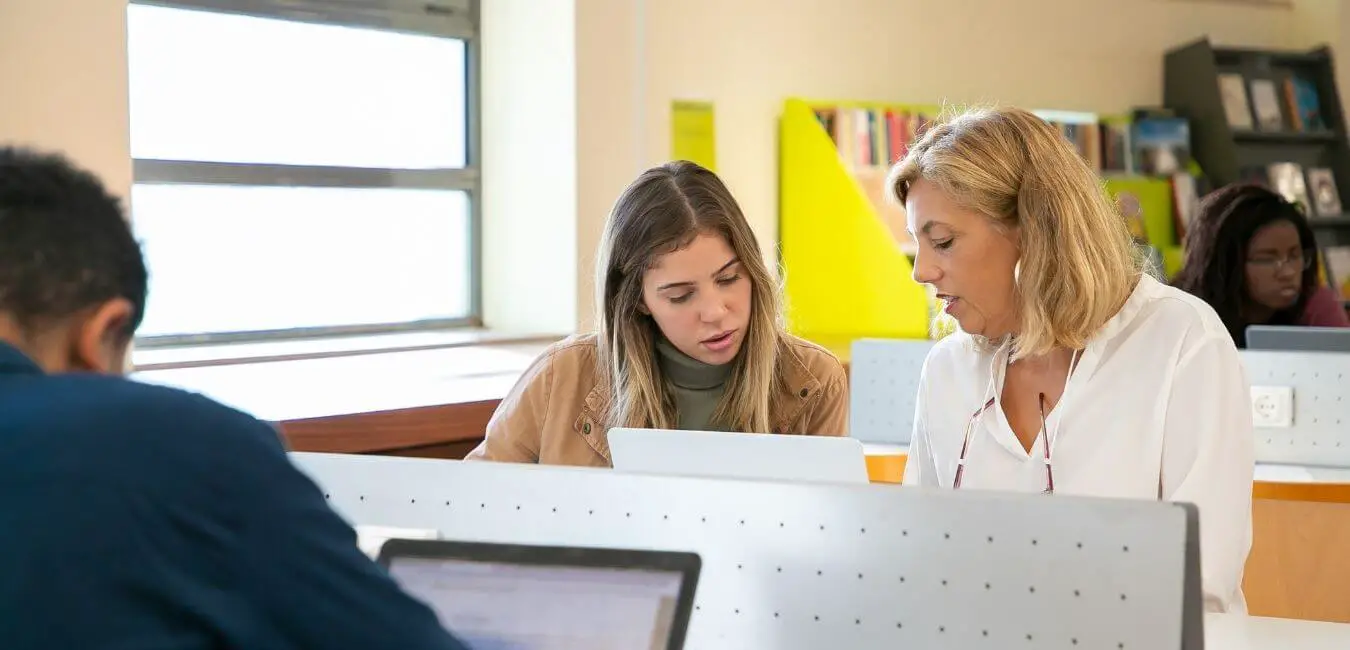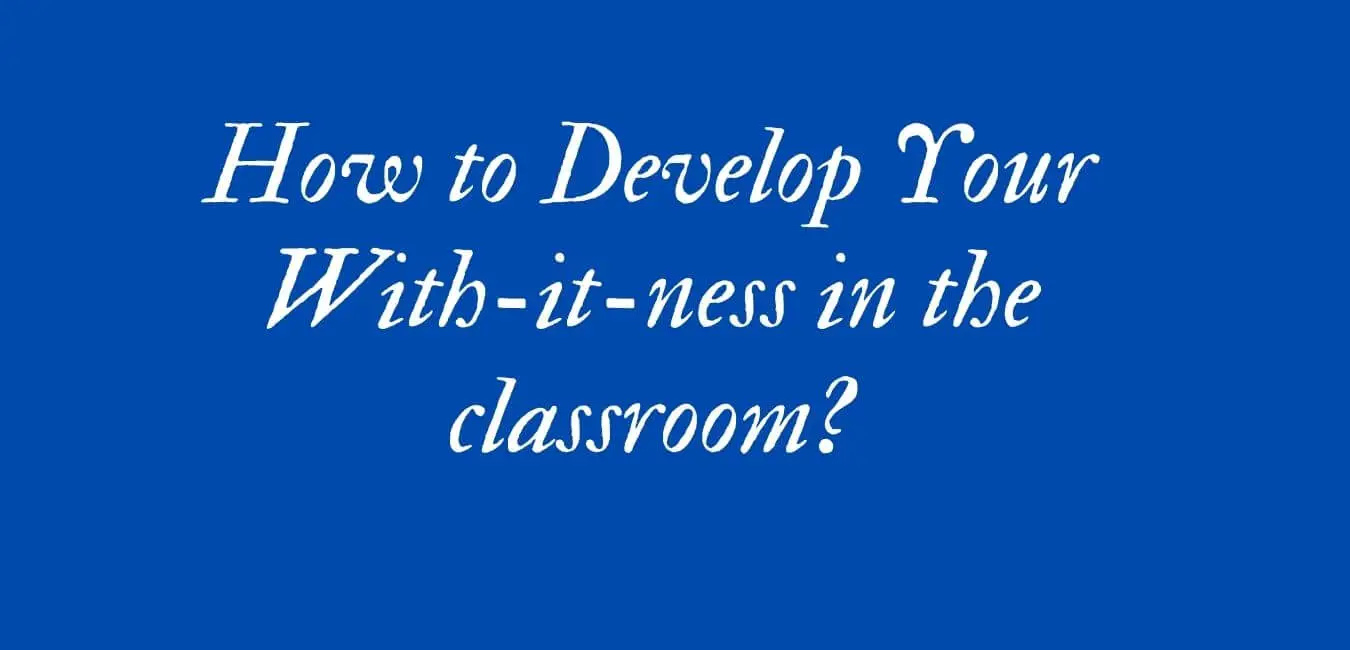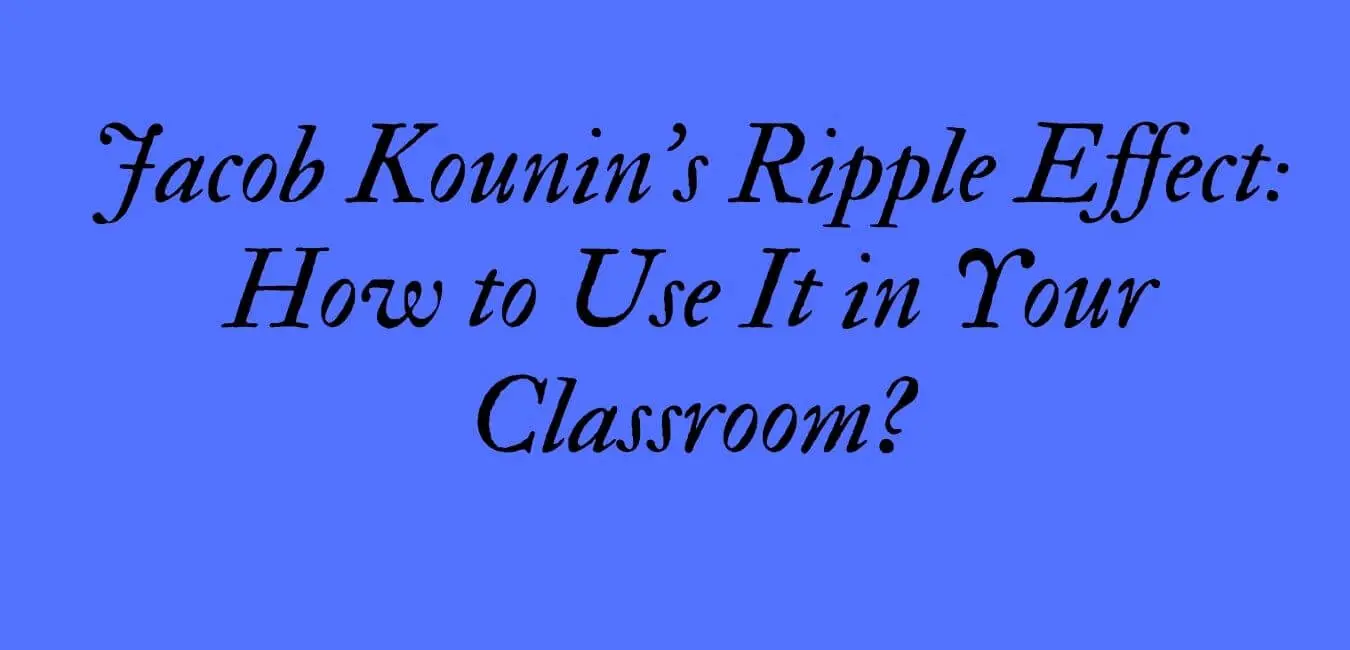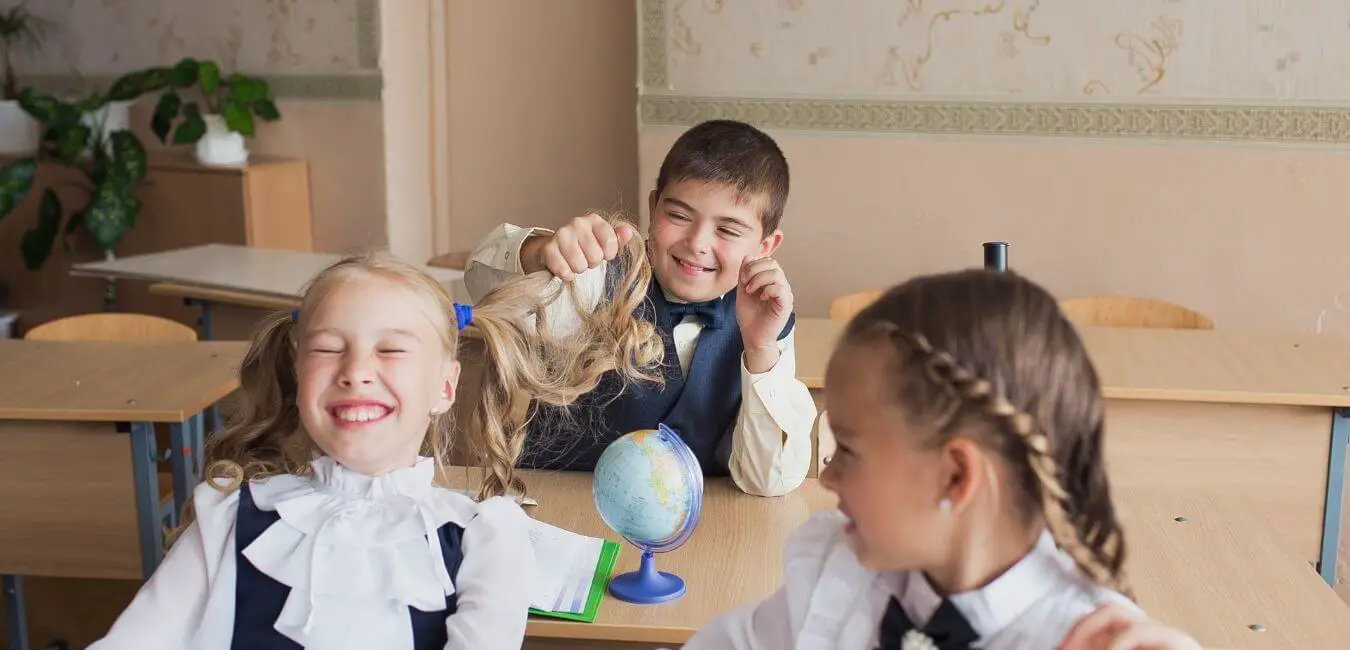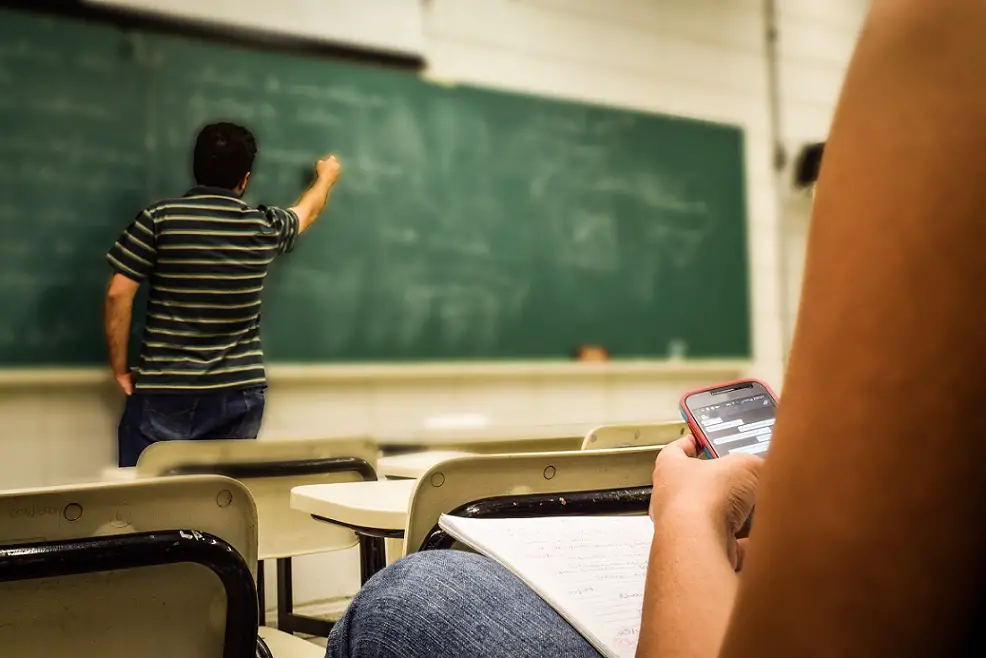When you are a teacher, one of your main jobs is to create an environment where students can learn. The keyword in that sentence is “create.” Your job isn’t just about teaching the content or answering questions; it’s also about creating a space where learning can take place. One way to do this is through preventive discipline.
Preventive discipline refers to strategies designed to keep misbehavior from happening in the first place instead of reacting when it does happen. This blog post will discuss some simple ways for teachers to prevent misbehavior before it starts so they don’t have to deal with any more problems than necessary!
What is preventive discipline?
How does preventive discipline work? Does a teacher need to constantly be disciplining students?
Preventive discipline is a way of disciplining students that helps the teachers avoid having to punish students by using preventive measures.
Situations that teachers may come across can be anything from student disruptions, disrespect, noise level, or even student injuries. Preventive discipline gives teachers the tools to help them prevent their students from having behavioral issues.
Preventive discipline is often overlooked in schools because teachers are afraid to stop their students from having fun. However, it’s important that teachers talk to their students about what is or isn’t allowed in class before anything happens.
Having a positive relationship with your students is key in ensuring that everyone has a productive, enjoyable learning experience.
Preventive discipline is the way of disciplining students that helps teachers avoid having to punish them by using preventive measures. To explain how it works better, there are two types of disciplinary procedures.
There are corrective procedures, which include actions such as verbal warning, writing on the board, reflection papers, and having them sit out. And there are also preventive procedures, which include actions such as talking to your students about what’s allowed in class before something happens.
Preventive discipline is important because it helps teachers build a positive relationship with their students so everyone can have an enjoyable learning experience.
What are the examples of preventive discipline?
This question is often asked by both new and experienced teachers.
Preventive discipline to students helps make the classroom a safe, positive learning environment for them. This ensures their success in school. There are many ways that this can be done.
Let’s take a look at some examples of preventive discipline in the classroom:
1) Using charts to show students how good behavior is rewarded.
2) Identifying the rule that has been breached and verbally reprimanding the student accordingly.
3) The teacher may assess a loss in privilege for misbehavior. Examples include, but are not limited to no recess, losing one’s lunch or snack privileges, or staying after school for a designated period.
4) Teachers may also place students in a “time-out” space to encourage self-reflection and correct behavior.
5) Preventive discipline can also be used as a last resort if the student fails to improve their behavior after all other attempts have been made. Actions such as probation or suspension may be taken.
6) Teachers may also use preventive discipline in the classroom by communicating with parents regarding student behavior issues. The goal is to encourage better behavior at home so that it does not interfere with the learning process at school.
7) Teachers may choose to involve the entire classroom when choosing consequences for misbehavior, so everyone knows what they are and the consequences for them.
8) Teachers may also use a token economy system to encourage better behavior; students earn points according to the behavioral expectations that have been set and then later on they can spend those points as rewards.
9) Another thing that teachers can do is incorporate brain breaks into lessons, physical movement helps students focus and enhances learning.
10) Teachers may also incorporate meditation into the classroom routine to help students relax and become more focused.
The examples of preventive discipline in the classroom are positive reinforcement, verbal reprimands, loss of privilege, time-outs, probation/suspension, communicating with parents; using the whole class as consequences for misbehavior, tokens or points, tokens economy system, brain breaks, meditation.
Why is preventive discipline important in the classroom?
There are many reasons why preventive discipline is important in the classroom. If you aren’t familiar with the term, “preventive discipline” refers to a teacher’s way of handling misbehavior and preventing it before it happens instead of punishing after the fact (ex: calling parents and suspending students). Although there’s no such thing as a child who never misbehaves, preventive discipline is a more humane approach that works with students instead of against them.
There are many reasons why preventive discipline is important in the classroom and here are 10:
1. Preventive discipline teaches children to take responsibility for their actions and it helps them develop self-control. A child who can control him or herself is more likely to succeed in life.
2. If you punish a child after the fact, it’s too late and the damage has already been done; with preventive discipline, you can stop a problem before it starts.
3. Punishing children only teaches them how to avoid getting caught: they do what you tell them to do only when you’re watching. When you take a preventive discipline approach, they learn how to behave because it’s the right thing to do, not merely because someone is watching.
4. If children are punished after the fact for something that could have been prevented with preventive discipline, they’ll start thinking of themselves as “victims” when they’re feeling mischievous. That attitude can quickly spread throughout the classroom and turn into an “us vs. them” mentality that causes resentment between students and teachers.
5. When you take a preventive discipline approach, it not only trains children how to act but also gives them tools for solving problems in the future. If a child knows how to resolve his/her own problems, he or she will also be better equipped to solve problems that arise with friends and family outside of school.
6. If you teach the same lesson in multiple ways (including with preventive discipline), students are more likely to learn it and retain the information. This only works, however, if the preventive discipline is used consistently; students need to know what’s expected of them. If you punish some children but not others for the same action, things will get messy.
7. The old saying that “hurt people hurt people” is true in life and the classroom: downtrodden children often make other children’s lives miserable. Preventive discipline provides a way of dealing with this issue without singling out certain students who are already struggling.
8. It’s easier to prevent problems than to fix them after the fact, which is true in all aspects of life. The same goes for being a teacher: it’s much easier to keep students calm by preventing their misbehavior than to try resolving problems later.
9. Preventive discipline helps teachers show children that they’re approachable and that it’s okay for them to come to talk with you if they have a problem or just need someone to listen. This is true even if you’ve had to issue a consequence after the fact; if children feel like you’re on their side, they’ll feel more comfortable approaching you.
10. Teachers need to create a classroom that fosters learning and growth; that can’t happen without trust and respect. If children don’t trust or respect you as a teacher, nothing else matters because they won’t want to learn and do well. Preventive discipline creates a classroom where everyone feels safe and comfortable so everyone can focus on learning.
How to use preventive discipline in the classroom?
Many teachers who have been teaching for a while know that as soon as they hear disruptive noises in the hallway or outside of their classroom, it is likely that some misbehavior will occur once the class has settled down.
If you have been teaching long enough, you can probably predict what kind of disruption will occur before it happens. Unfortunately, being able to predict disruptions is not the same thing as being able to plan how you will handle them. Use these 20 steps when preventing students from misbehaving in your classroom:
1) If possible, try to understand the cause of a student’s disruptive behavior.
2) Give clear instructions and provide examples of what you would like students to do.
3) Provide activities that are appropriate to your student’s abilities.
4) Give clear feedback when a student completes an assignment or task correctly.
5) Make sure all equipment is in working order before students begin an activity. You can do this by testing batteries, checking for sharp objects, and/or making sure the cords are in working order.
6) Call parents if a student is having academic or behavioral difficulties.
7) Make sure that you are aware of all students in your classroom.
8) Create an environment where it is OK to make mistakes without being ridiculed or humiliated.
9) Have consequences for disruptive behavior available so that you can give a consequence when a student misbehaves.
10) Make sure that you have the student’s attention before speaking to them and use their names when speaking to them.
11) Avoid physical contact with students who have been disruptive during this or other class sessions.
12) Do things yourself before you expect your students to do. That is, modeling is great in the preventive discipline.
13) Give your students a reason for the activity by showing them that it has a practical use or is directly related to something they already know.
14) Teach students how to ask questions instead of shouting out. Have a student who frequently asks disruptive questions come up and model the appropriate way to ask a question.
15) Give students choices when appropriate.
16) Give students a choice whether they receive praise for good work in the form of stickers, applause, or smiles.
17) Avoid engaging in conversations with disruptive students that could cause disruption among other students.
18) Keep your office door open and tell all students that you are available to speak with them there.
19) Give consequences immediately when a student misbehaves. If possible, give them before the activity is over.
20) Use preventive discipline when you think an issue may arise in your classrooms, such as talking too loudly outside of the class or disrespecting you or another classmate.
Final Thoughts
The best way to prevent students from misbehaving in the classroom is to identify how they think, what motivates them and what they are trying to achieve. That means understanding their own childhood experiences that have shaped their behavior as well as the culture of the school where you teach. It’s also important for teachers to create a classroom environment that fosters learning and growth; this can’t happen without trust and respect. Preventive discipline creates a safe space where everyone feels comfortable so everyone can focus on learning instead of worrying about being disruptive or disrespectful. Find more articles here.




